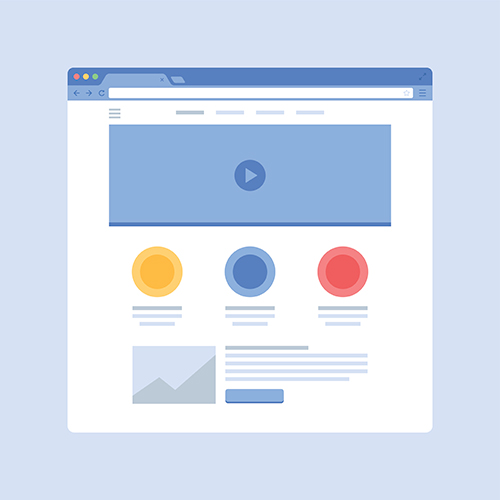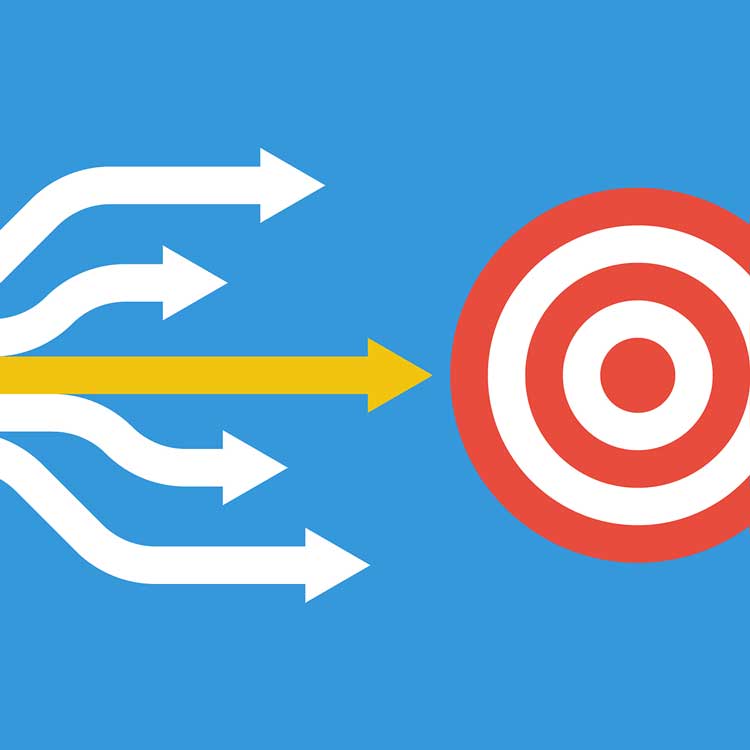Enhancing the conversion rate of a website, which refers to increasing sales without attracting additional traffic, is a continuous task for all online businesses, be it retail, service, manufacturing, or hospitality.
While this article primarily focuses on enhancing online conversion, many of the strategies discussed are also crucial for boosting offline sales conversions in traditional brick and mortar stores or offices.
Data Analysis
Tools like Google Analytics simplify the process of reviewing past statistical trends and reports on various aspects such as:
- Peak days & times
- Most visited pages
- Visitor paths
- Most viewed products and services
- Visitor sources (referrers)
- And many other statistics
However, despite the importance of these historical statistics and trends, the crucial factors of WHY and HOW to convert a visitor into a paying customer are often overlooked.
Understanding Consumer Behavior
Many businesses are clueless about the reasons behind specific consumer buying behaviors and how to engage these visitors to convert them into paying customers.
This kind of analysis necessitates additional market research for a business to fully comprehend specific consumer buying behaviors.
Website analytics are crucial, but they only provide a piece of the conversion puzzle: static information about past consumer behavior, allowing only for reactive analysis.
Research on consumer behavior reveals how to be proactive, understand trends, anticipate consumer behaviors, accommodate the visitor, and increase the likelihood of converting that individual into a sale or a lead.
To understand what consumers value, businesses should employ some of the following market research techniques:
Post-Visit Emails, Surveys & Contact
Asking visitors about their experience on a website or with the company overall is an excellent way to gather valuable feedback.
There are two standard methods to provide follow-up service after an online visit:
- Implement exit surveys on website pages
- If someone exits a website while viewing the cart, one can implement a special cart exit survey page that asks if the consumer had difficulty with the check out process, and provide a phone number to call to place an order, or obtain live help and assistance.
- If the prospect exits on a product or service page, one can provide a special exit page asking if the individual found the product or service desired, and whether they need additional assistance.
- If the person exits on a customer service or contact page, ask if they found the customer service information needed okay, and offer additional contact information.
- If a live chat service is implemented, the exit survey can activate the live chat operator box for live assistance.
- Send follow-up emails, surveys, call, or text customers who have completed the order process (with their consent) asking about their experiences and feedback
- Send follow-up emails and surveys asking about the website navigation's ease of use, the order process, as well as what difficulties were encountered during the checkout process.
- Specifically ask if the customer feels anything could be done to simplify, or make the process easier.
- Call or text customers and ask about their experiences, feedback, and make sure to be genuinely interested in hearing what they have to say.
Customer & Employee Focus Groups & Social Media Feedback
- Inviting customers to participate in discussions and influence the future of the company website is an effective way to understand what customers value.
- The questions should be engaging and get the customer to express emotion when aswering and providing feedback and critique.
- This type of knowledge is essential in creating a website that customers will feel comfortable, secure in purchasing from, as well as interacting with on a regular basis.
- Conversations with customer service agents and employees who interact directly with consumers can be a valuable resource for improving website conversion and overall business sales.
- Getting employees involved and sharing their point of view, obstacles that may be hindering visitors, and other essential feedback is valuable information.
- Employees and agents often work directly with consumers and can provide valuable information to issues that may arise during the online purchase or estimation process.
- Take the time to speak with employees to receive feedback on customer reactions and objections to website usability.
- Using social media platforms like Facebook, Twitter, LinkedIn, and Alignable can help review and analyze customer feedback on the company's products, services, and customer service.
- Many consumers are very vocal on social media about how they perceive being treated, as well as what could be done to improve.
- Remember that depending on the industry, there are other very popular and worthy social medias including Instagram, Pinterest, YouTube and others.
Once businesses understand what customers value, it becomes easier to understand why some customers may be buying and why others may not.
Tailoring a website or the company's overall performance to meet these consumer needs will not only boost conversion but also increase customer satisfaction and build brand loyalty.
Live Online Assistance
Providing live online customer service can boost website conversion rates. This can be achieved using interactive services like AI-assisted chat and live agent chat.
Live assistance services improve website conversion as they allow consumers to interact and ask questions as if they were in a physical store or on the phone with customer service.
Many live assist services include AI-assisted chat options to respond to client chat requests 24/7.
- When offering a live chat service, it should be available to the consumer throughout the website cycle (from initial website landing, through product viewing, to the final checkout steps.)
- Live assistance services improve website conversion because the service allows consumers to interact and ask questions as though they were in a brick and mortar store, or on the phone with customer service.
- Such live assist services allow agents to answer any, and all questions, or point the customer to the product or service desired on the website.
- This ability to interact in real-time as needed helps to alleviate objections in converting a sale.
- As well, because an agent of the business is directly interacting with the consumer, the agent can use the consumer responses to help gauge if they are closing the sale, or simply raising more objections to be overcome, all in real-time.
- Many live assist services include AI assisted chat options to respond to client chat requests 24/7.
- AI assisted chat can recognize user's questions and comments, often providing answers based on keywords and phrases of the user's posed questions without having to get a live agent to intervene.
- For those questions outside the scope of the AI chat bot's programmed responses, the AI chat bot can connect the user with a live agent for further assistance.
A live service is seen as a method to build trust between the consumer and the business.
The Take Away
Understanding the consumer and their behavior is crucial to success, both online and offline.
Without this knowledge, improving the conversion ratio of a website's traffic to generate more leads, sales, and revenues becomes a guessing game. Therefore, interacting with visitors, gathering constant feedback, and input should be an ongoing task for every successful website.













